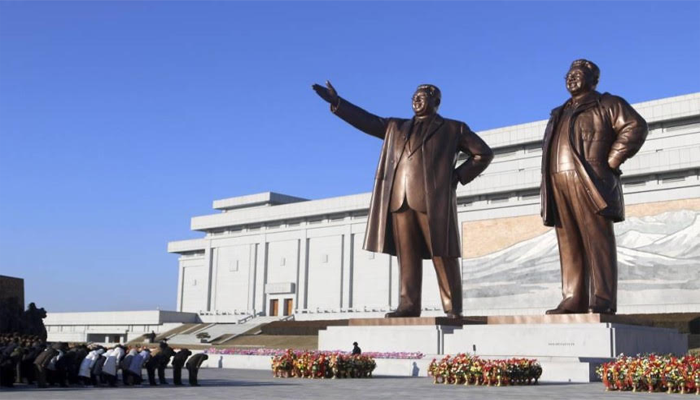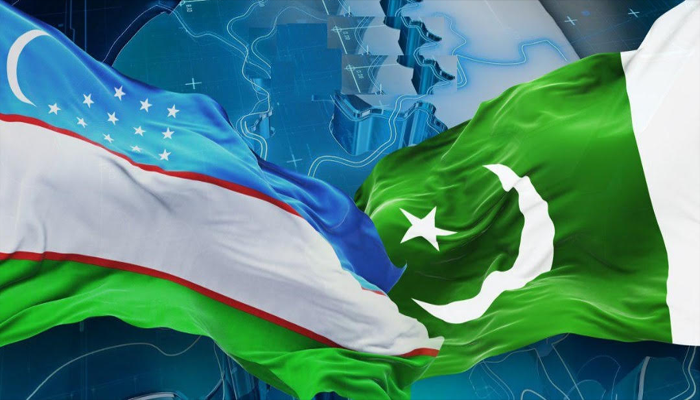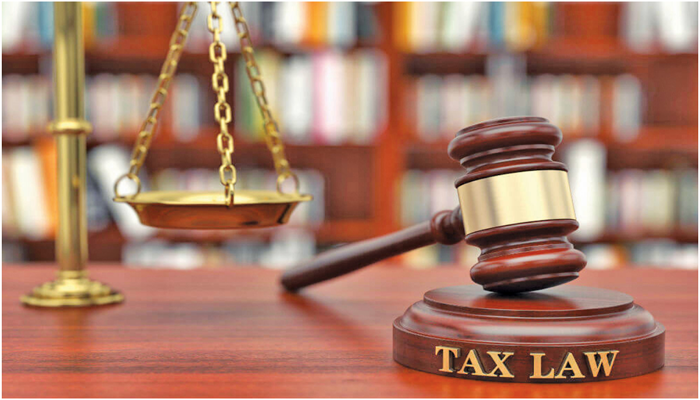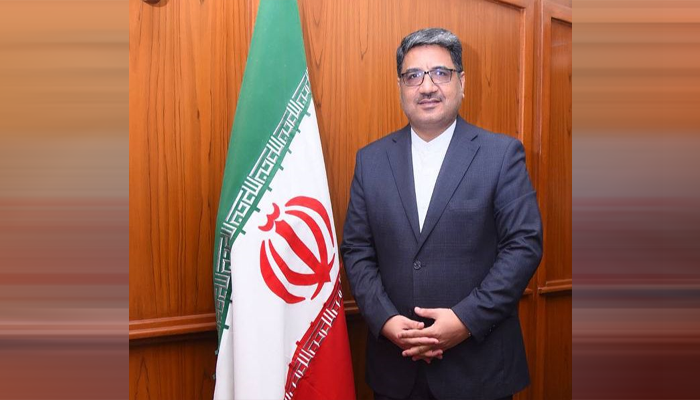By: Cha, Du Hyeon
Principal Fellow at the Asan Institute for Policy Studies
After an inspection of the Mount Geumgang tourist area in October 2019, North Korean leader Kim Jong-un started to pursue the tourism industry on North Korea's own terms.
Since then, North Korea has sought to revitalize its tourism sector with projects in Wonsan-Galma coastal area and Samjiyeon near Mount Baekdu, both of which Kim Jong-un personally inspected in succession in July 2024. This reflects Kim's focused interest in tourism, not merely as a means of economic 'survival', but as a 'developmental' achievement intended to distinguish himself from his predecessors.
North Korea's image as a "hermit kingdom," combined with its undeveloped but scenic natural landscapes, presents considerable tourism potential. However, Kim Jong-un and the North Korean leadership must reflect on why, despite this potential, the tourism sector has struggled to advance. Key lessons can be drawn from past cases of inter-Korean tourism cooperation. The suspension of Inter-Korean tourism cooperation was largely shaped by political and military relations between the two sides, but North Korea's poor tourism infrastructure also played a significant role.
First, tourism cannot thrive on scenic landscapes alone: tourists not only seek quality facilities and natural attractions but also look for opportunities to engage with the host country's history, culture, and everyday life. Even those who favor luxury seaside resorts typically spend part of their stay shopping or exploring local areas. In the digital age, travelers also seek various information about destinations before they visit. This requires transparency, information-sharing, and an environment that allows interaction between tourists and local residents. Inter-Korean tourism initiatives in Gaesong and Mount Geumgang failed to meet these expectations. In fact, North Korea's focus on developing areas like Wonsan-Galma and Samjiyeon reflects the regime's preference for locations where tourists can be easily isolated from the general population.
Second, for tourism to grow, local residents must not feel alienated or hostile toward tourists. This requires a widespread perception that tourism revenue help improve their quality of life. The inter-Korean tourism initiative at Mount Geumgang was initially expected to benefit North Korean residents; however, it ultimately gave rise to suspicions that a substantial portion of the funds was diverted to the development of North Korea's weapons of mass destruction(WMD), including nuclear arms, or channeled into Kim's personal governing funds. Moreover, if-as was suspected in the case of the past Gaesong Industrial Complex-residents are relocated or evacuated away from tourists, such actions are likely to foster resentment and rejection among the local population.
Third, for tourism in North Korea to be revitalized, the more than ten UN sanctions resolutions must be lifted. Under current sanctions, profit-driven transactions with and the provision of bulk cash to North Korea are prohibited-posing significant barriers to large-scale tourism investment and the involvement of reputable companies. Therefore, if Kim Jong-un and the North Korean leadership are serious about developing the economy through tourism, they must first demonstrate a commitment to abandoning weapons of mass destruction, including nuclear arms, and to pursuing meaningful reform and openness. Tourism revenue should be directed not toward WMD programs, but toward investments in roads and other infrastructure that are essential for sustainable tourism development. These benefits must also extend to the North Korean population. Without a genuine willingness to change, any form of tourism cooperation risks becoming a 'dirty deal' that serves only to secure the personal survival or enrichment of the regime









